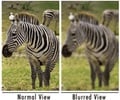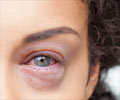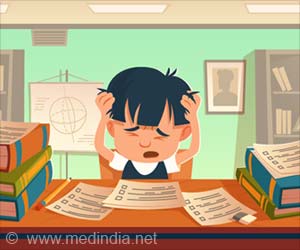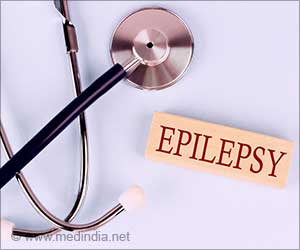Amblyopia or its risk factors affect 1 to 6 percent of children and early detection of vision abnormalities can help prevent the development of amblyopia.

‘Treating amblyopia or its risk factors early can aid in improving visual outcomes and other benefits in children.’





A B recommendation indicates that there is high certainty that the net benefit is moderate, or there is moderate certainty that the net benefit is moderate to substantial. An I statement indicates that evidence is lacking, of poor quality, or conflicting, and the balance of benefits and harms cannot be determined.One of the most important causes of vision abnormalities in children is amblyopia. Amblyopia is an alteration in the visual neural pathway in a child's developing brain that can lead to permanent vision loss in the affected eye.
Among children younger than 6 years, 1 percent to 6 percent have amblyopia or its risk factors. Early identification of vision abnormalities could prevent the development of amblyopia.
To update its 2011 recommendation, the USPSTF reviewed the evidence on the accuracy of vision screening tests and the benefits and harms of vision screening and treatment.
The USPSTF is an independent, volunteer panel of experts that makes recommendations about the effectiveness of specific preventive care services such as screenings, counseling services, and preventive medications.
Advertisement
The USPSTF found adequate evidence that vision screening tools are accurate in detecting vision abnormalities, including refractive errors, strabismus (a misalignment of the eyes) and amblyopia, and found inadequate evidence to compare screening accuracy across age groups (younger than 3 vs 3 years and older). Many studies of clinical accuracy did not enroll children younger than 3 years.
Advertisement
The USPSTF found adequate evidence that treatment of amblyopia or its risk factors in children ages 3 to 5 years leads to improved visual acuity and found inadequate evidence that treatment of amblyopia or its risk factors in children younger than 3 years leads to improved vision outcomes (i.e., visual acuity) or other benefits.
Harms of Early Detection and Treatment
The USPSTF found adequate evidence to assess harms of vision screening tests in children ages 3 to 5 years, including higher false-positive rates in low-prevalence populations. False-positive screening results may lead to overdiagnosis or unnecessary treatment.
The USPSTF found adequate evidence to bound the potential harms of vision screening and treatment in children ages 3 to 5 years as small, based on the nature of the interventions, and found inadequate evidence on the harms of treatment in children younger than 3 years.
Source-Eurekalert









